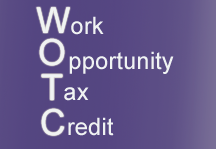Understanding the Research and Development Tax Credit
The Research and Development (R&D) Tax Credit is a valuable tax incentive program that rewards businesses for investing in innovation. The credit is designed to encourage businesses to conduct research and development activities that will lead to new or improved products, processes, or software. Here are some key things business owners should know about the…
Read article






